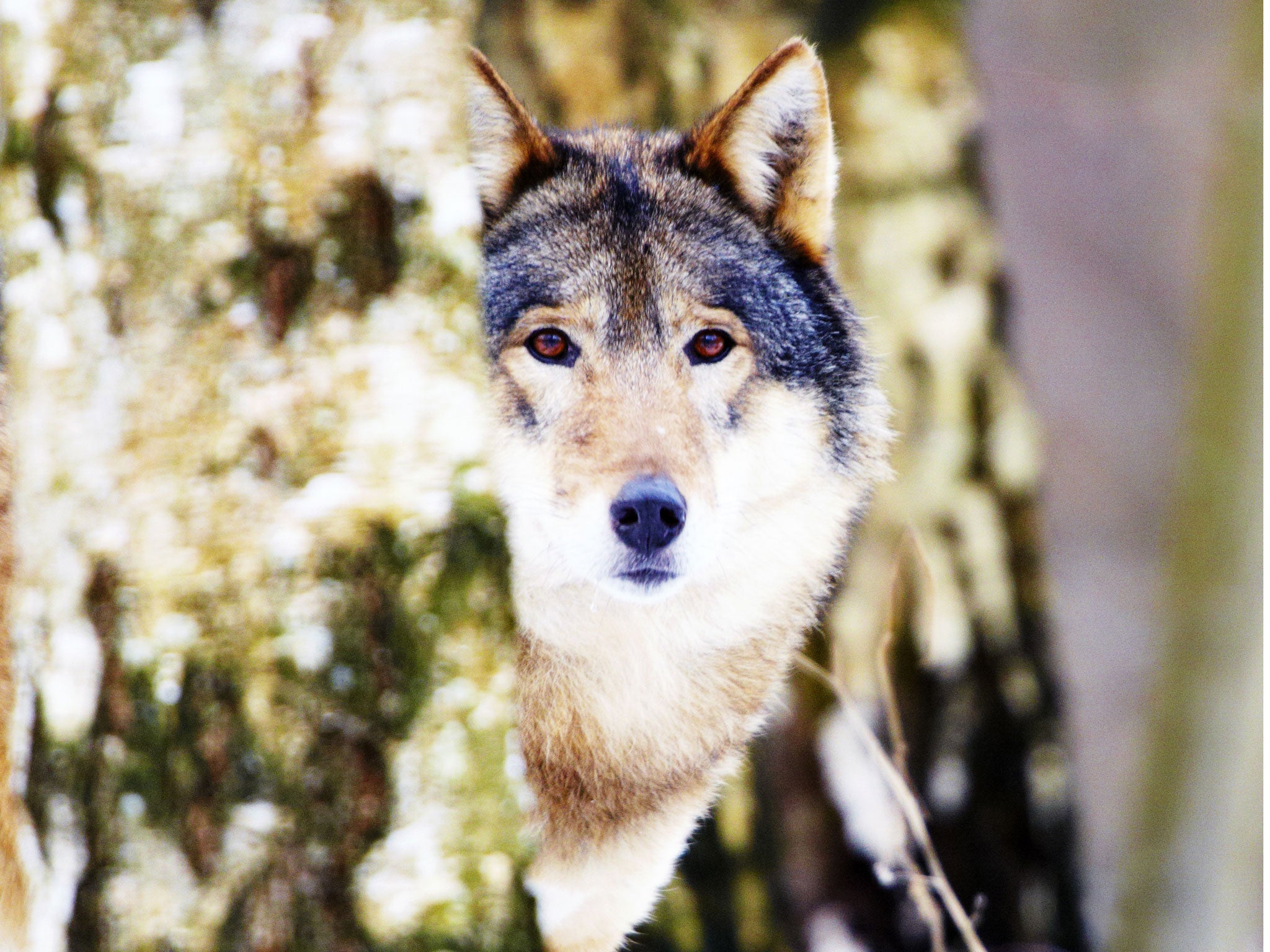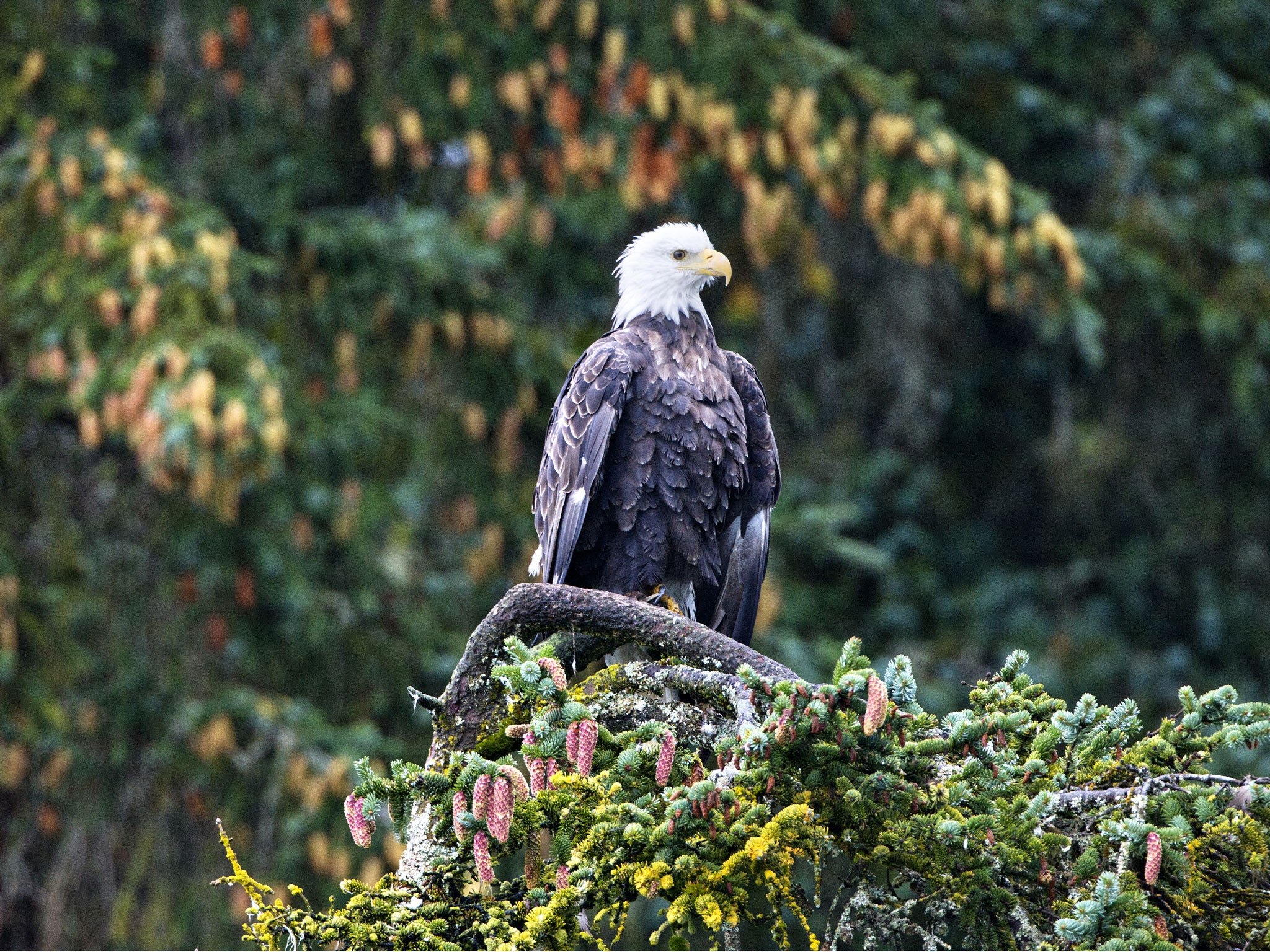Want to find mythical beasts? Here's where to go.

Your support helps us to tell the story
From reproductive rights to climate change to Big Tech, The Independent is on the ground when the story is developing. Whether it's investigating the financials of Elon Musk's pro-Trump PAC or producing our latest documentary, 'The A Word', which shines a light on the American women fighting for reproductive rights, we know how important it is to parse out the facts from the messaging.
At such a critical moment in US history, we need reporters on the ground. Your donation allows us to keep sending journalists to speak to both sides of the story.
The Independent is trusted by Americans across the entire political spectrum. And unlike many other quality news outlets, we choose not to lock Americans out of our reporting and analysis with paywalls. We believe quality journalism should be available to everyone, paid for by those who can afford it.
Your support makes all the difference.You don’t need to brandish a wand to meet creatures of legend. Beyond JK Rowling’s fantastic beasts is a menagerie of real-life animals with a mythical pedigree.
1) Basilisk, India Basilisk, India
The King of Serpents is more than one of Harry Potter’s foes. Storytellers and naturalists told of this baleful man-eating snake, including Pliny the Elder, Chaucer and Leonardo da Vinci. This millennia-old monster may have been originally inspired by the king cobra, an aggressive snake known for its high-arching attack pattern and unsettling, roaring hiss. Steer clear of snake charmers and seek the endangered king cobra in its natural habitat, on a wildlife-watching trip to India’s steamy jungles. But keep a safe distance – it’s not the time to discover if you, like the bespectacled wizard, can commune with reptiles.
Tour des Sundarbans offers ecovillage stays deep in the mangroves of the Sundarbans in Bengal.
2) Dragons, Slovenia.
When translucent newt-like creatures were first seen darting through Slovenia’s caverns, they were rumoured to be baby dragons. Locals imagined dragons born in the sea could be swept among the rock pools of Slovenia’s cave systems. Now we know these blind amphibians as olm, and their remarkable properties are worthy of the legends. They navigate via electrical signals, they can last a decade without feeding, and their surprisingly long lifespan is keenly researched in the hope of shedding light on the ageing process.
Postojna Caves has a vivarium swimming with baby dragons. It’s an easy day trip from the Slovene capital Ljubljana and is open year-round.
3) Mermaids, the Philippines
When Christopher Columbus first squinted out at a manatee, he sniffed that mermaids were not as attractive as he’d hoped. Columbus may not have been impressed by these cavorting sea creatures but dugongs and manatees take the scientific name ‘Sirenia’ after the comely Sirens that lured sailors to their doom in ancient Greek myth. Before you chortle that sailors could mistake an ungainly looking dugong – whose closest relative is the elephant – for a mermaid, observe how gracefully they somersault and nose through sea grasses in the Philippines.
Eco-conscious Dugong Dive Center offers full-day excursions to their feeding grounds along the Busuanga Coast.
4) Werewolf, Romania
Pointy-toothed counts emblazon souvenirs in Romania’s Carpathian Mountains. But it’s the vârcolac, or werewolf, that truly caused peasants of old to secure their shutters at sundown. The sight of a grey wolf elicits primal fear in many, so it’s no wonder that old superstitions surrounded this fearsome predator. And while modern Romanians would sniff at the vârcolac, an uneasy relationship with wolves remains. Few wolf attacks on humans have been verified, but nonetheless, media hype puts these mostly elusive canines at risk from hunters eager to cull the threat.
Wolves are shy, so avoid wildlife excursions that ‘guarantee’ sightings. Maximise your chances by joining a guided nature tour in spring (April to June) and look out for Romania’s other fanged beasts, bears and lynx.

5) Kraken, Mexico
Tales of the kraken – a colossal squid with a taste for human flesh – spread from Norway across the seafaring world (getting larger and gorier with each telling). Central and South America have the most vicious real-life kraken. Numerous fishermen have been injured by the saw-sharp beak of the diablo rojo (red devil) or Humboldt squid. These carnivorous cephalopods move at 25km/h, form shoals of up to 1000, and flicker red when furious. They can bulge as big as 2m long – not island-sized, as described in the old Norse tales, but certainly large enough to sink your dinghy.
Thrillseeking certified divers can join a guided dive into red devil territory with Big Fish Expeditions.
6) Marine unicorns, Greenland
Compared with their prancing, land-based counterparts, unicorns of the sea have a deliciously dark myth of origin. Inuit lore says that the narwhal came from a woman catapulted into the ocean, attached to a harpoon launched by her son. Brooding on the sea floor, her long hair became twisted into a single horn, and she swam the waves as a narwhal ever after. In the Middle Ages, Greenlanders peddled these tusks – which can grow to 3m long – to Norse settlers as unicorn horn. Whether this was in homage to their mythical origins, or simply to make a tidy profit, we can’t be sure.
Northern Greenland’s shores in May are your best bet for seeing narwhals; try a wildlife cruise of Melville Bay or excursions from Qaanaaq. Browse a smorgasbord of marine tours on greenland.com.
7) Yeti, Nepal
Blame thin air and exhaustion-induced hallucination if you must; but the yeti myth is backed by numerous sightings in Nepal’s high passes. Mountaineer Reinhold Messner claims to have had an encounter of his own with the hirsute humanoid. Later – following a 12-year search – he decided it was most likely a type of bear. Himalayan brown bears, which rear up on their hind legs, could certainly be mistaken for yeti, which are rumoured to stagger on two legs through the Himalayan mists. But that hasn’t stopped countless yeti hunters from keeping their camera lenses ready, just in case...
Nearly a quarter of Nepal is protected land, so browse welcomenepal.com for your pick of parks and reserves with bears.
8) Kappa, Japan
Don’t say a word about those pizza-eating ninjas. The original humanoid turtles are Japanese kappa. These folorn turtle-people play childish pranks or (if you’re unlucky) wreak misfortune. Fortunately Japanese folklore describes the kappa as easily bribed with soba noodles or cucumber. Kappa statues grace shrines around Japan, depicting them as gnomes with shells, suggesting these sea spirits are inspired by loggerhead turtles. These real-life kappa inhabit the coasts of Japan’s subtropical islands, where the sight of themspreads more delight than mischief.
Visit Yakushima Island in May to July to see hundreds of the kappa’s cousins clamber ashore to lay their eggs; Inside Japan has dedicated excursions.
9) Thunderbird, USA
Claps of thunder across the Midwest’s yawning plains aren’t simply an omen of rain. Native American legend tells of the thunderbird, whose beating wings conjure a storm. The bald eagle is the thunderbird’s natural relative, and rich with its own meaning. Native American folklore tells that eagles were created from the offspring of a slain monster, transformed into a bird. The soul-stirring sight of a soaring eagle makes it easy to believe the myths.
Check baldeagleinfo.com for nesting spots and viewing points around the Midwest.

10) Bunyip, Australia
Monsters, spirits and mythological creatures are widespread in Aboriginal Australian lore but one that entered the popular imagination Down Under is the bunyip, a terrifying monster with a bellowing cry that was said to inhabit inland swamps and waterholes called billabongs. When the colonisers fanned across the land from the first settlements in Sydney they found regional variations to the bunyip, but they all described a rare bearded, seal-like creature that hid in the water and occasionally lured people to their death.
Bunyips are best spotted when travelling alone, and always in the dark of night, lurking in remote billabongs somewhere on the east coast of Australia.
This extract is adapted from Best in Travel 2016, © Lonely Planet 2015. RRP: £9.99. lonelyplanet.com
Join our commenting forum
Join thought-provoking conversations, follow other Independent readers and see their replies
Comments